|
19/9/2018 1 Comment Cloud Adoption Roadmap in 10 StepsMany CIO, CTO and business leaders are all working through their cloud strategies. Most large companies in Australia have adopted a hybrid cloud approach, using both private and public cloud services. In this blog, I'm wanted to outline 10 critical steps on how you can create a cloud adoption roadmap and then align this roadmap to your current execution path. A cloud adoption roadmap is a really important tool, as it serves to visualise and communicate your plans to all key stakeholders in your organisation. The important part of the roadmap is to ensure you have a clear 1 page visual outlining the key milestones / decisions points, backed up by clear definitions behind the roadmap of what each component on the roadmap means. My suggestion is to use a modelling tool to create your roadmap and my top pick is the Abacus tool from Avolution. Before we delve any deeper into our cloud adoption roadmap, let's be clear on some basic terminology, to ensure we're all on the same page: Software as a Service (SaaS) These are services that end-users consume. Examples include: Social Media Tools, Salesforce, Office 365 and Xero. The apps that you download to your mobile phone are predominantly SaaS. Platform as a Service (PaaS) These are services that developers consume to create SaaS products. Examples include: Development Tools, Testing Tools and Datastores. Apps that you download to your PC or laptop at home to allow you to write code, test code and setup datastores in the cloud are all examples of PaaS. Infrastructure as a Service (IaaS) These are services that operations teams will build, test and commission to support developers, who consume PaaS and end-users, who consume SaaS on the PaaS, or SaaS via a 3rd party. IaaS can be virtual machines, networking or basic storage. If you're interested in digging deeper in cloud definitions, there is a simple whitepaper that the National Institute for Standards and Technology have produced. It covers everything in 3 pages: nvlpubs.nist.gov/nistpubs/legacy/sp/nistspecialpublication800-145.pdf I've also created a simple reference model below: DevOps This is cultural change centred around ensuring that the developers (working on PaaS) are collaborating and communicating effectively with the operations teams (working on IaaS). This is important to create secure, reliable and engaging SaaS apps. Great video on DevOps from the DevOps Institute: devopsinstitute.com/certifications/devops-foundation/ Hybrid Cloud All organisations I have worked with in Australia, that have more than 100 employees will have a combination of private and public clouds in their environment. This is the definition of hybrid cloud. Probably 99% will have an on-premise (or 3rd party hosted) private cloud for Active Directory and using public cloud for Office 365 with Azure Active Directory. The 1% is a single instance of G Suite I have come across. Great video on hybrid cloud here: www.youtube.com/watch?v=_n5Le8aePB4 Now that we have defined these terms, we can take a look at our Cloud Adoption Roadmap and our 10 steps:
www.scaledagileframework.com/lean-ux/ If you're interested in learning more, I offer a range of Cloud, DevOps and Scaled Agile courses at ALC Training:
Cloud Courses (Foundation to Advanced) www.alctraining.com.au/courses/cloud-computing/ DevOps (Foundation to Advanced) www.alctraining.com.au/courses/devops/ Scaled Agile www.alctraining.com.my/safe-scaled-agile-spc/ www.alctraining.com.au/course/leading-safe/ https://twitter.com/DigitalColmer
1 Comment
Your comment will be posted after it is approved.
Leave a Reply. |
CategoriesAll Active Directory AI Architecture Big Data Blockchain Cloud Comedy Cyber DevOps Driverless Cars MicroServices Office 365 Scaled Agile Social Media AuthorPaul Colmer is an AWS Senior Technical Trainer. Paul has an infectious passion for inspring others to learn and to applying disruptive thinking in an engaging and positive way. Archives
May 2023
|

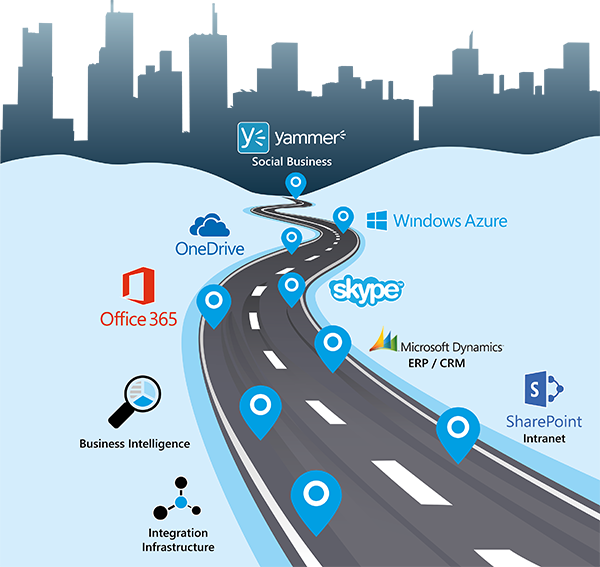
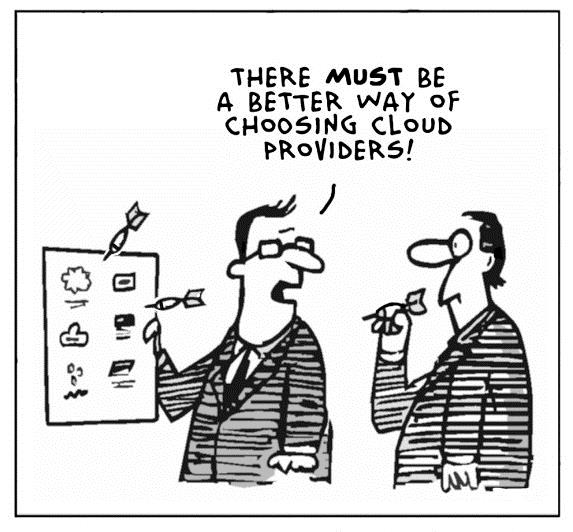
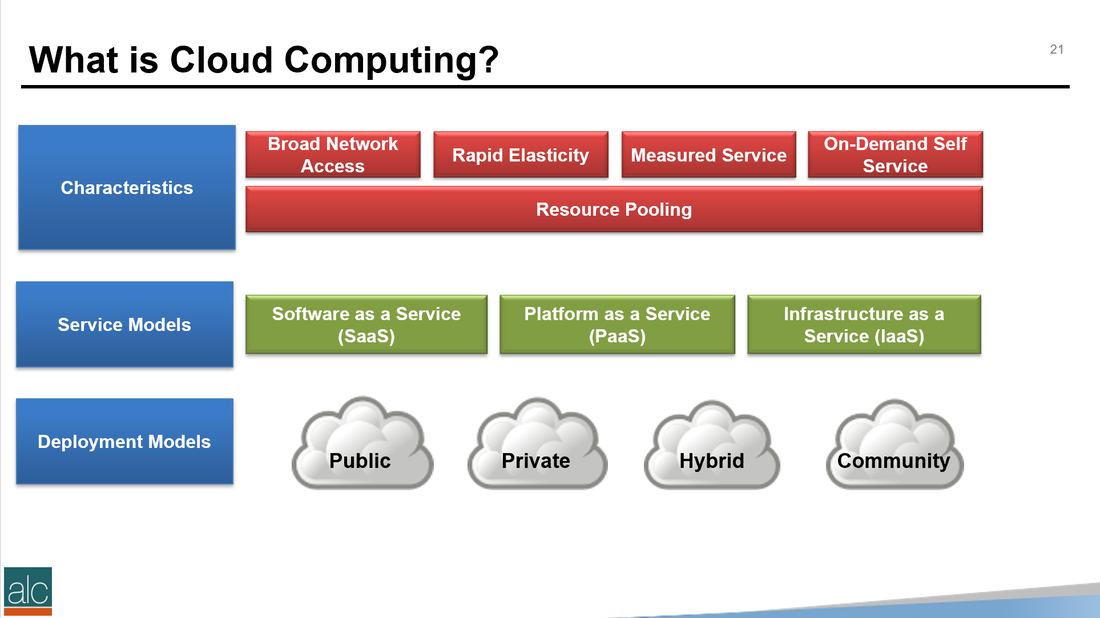
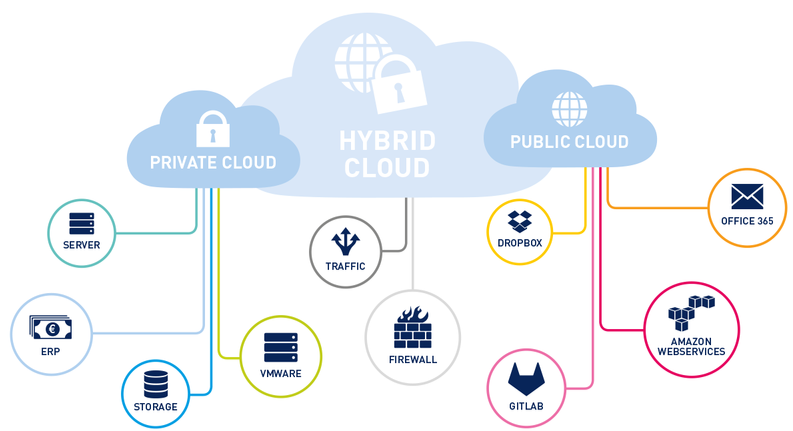
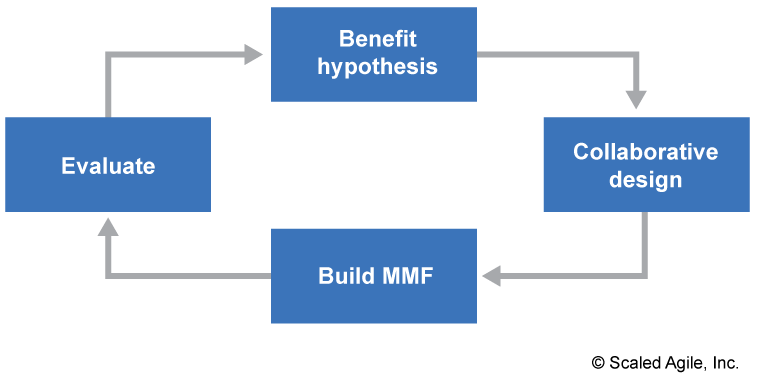
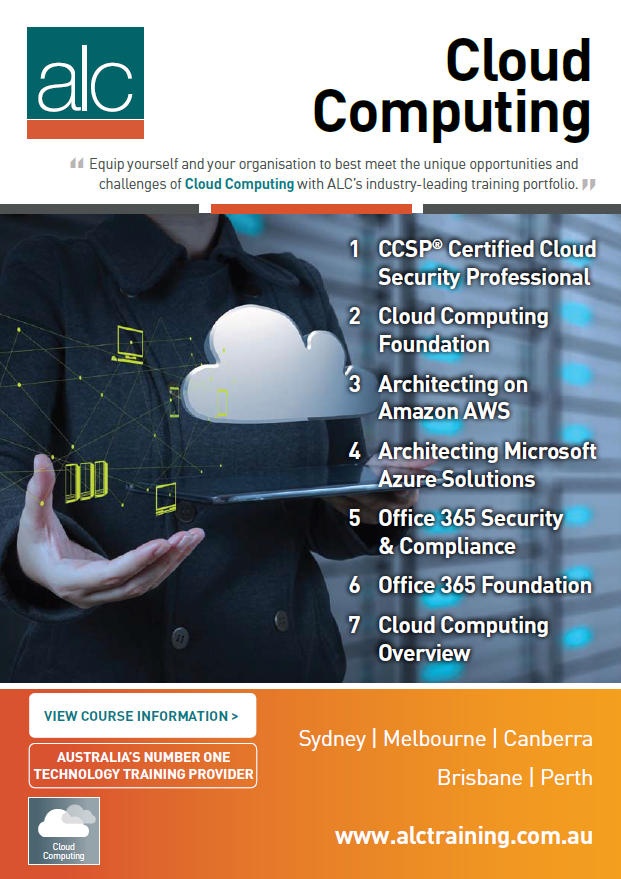

 RSS Feed
RSS Feed